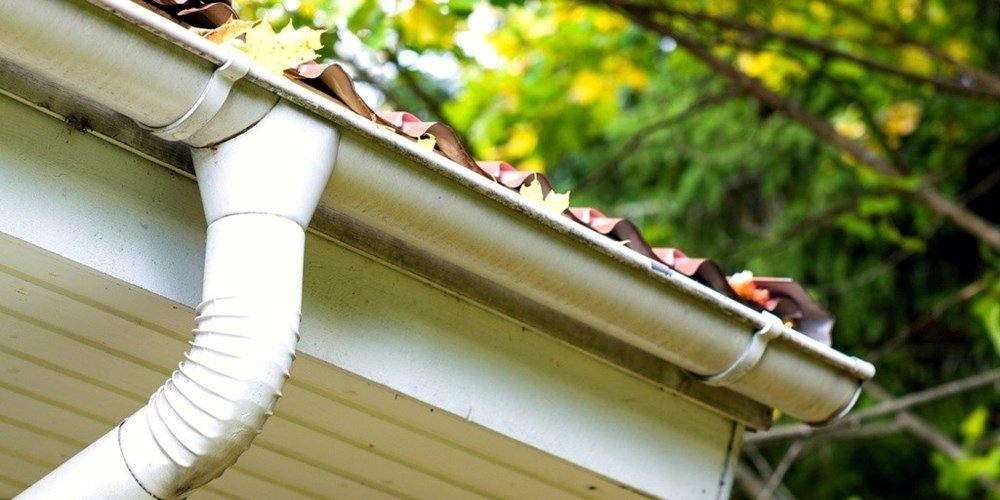How To Test Your Gutters For Leaks
By Joe LeVecchi
Gutters serve an incredibly important function on any home. Specifically, gutters work to safely direct rain water away from the foundation of a home, minimizing the risk of soil erosion, structural damage, mold growth and water intrusion that standing water has the potential to cause.
But when a gutter is damaged or leaking, they're likely not carrying out this important function, putting your property at risk. What's more is that water is pretty tricky, so you may not even realize that there are problems with your gutters until the damage has already been done. That's why we recommend carrying out some preventative maintenance on your gutters every season - to catch small issues before they have the potential to inflict great harm on your property.
Here's a closer look at how to ensure your gutters are in good working condition:
Gutter Cleaning & Maintenance
The first step in any good preventative maintenance plan is carrying out regular cleaning. You should clean your gutters twice a year at a minimum, once in the spring and again in the fall (more if you live in an area with many trees). Regular cleanings can help prevent gutter leaks, overflows from clogs and other damage that could warrant gutter replacement. You can either hire someone to clean your gutters for you or do it yourself if you're able to do it in a safe manner.
Testing Gutters for Leaks
Even if you've kept up on your gutter cleaning schedule, it's never a bad idea to routinely check your gutters for leaks. It's possible to grab an umbrella during a rainstorm and step outside to do a visual real-time inspection, but it's easier to do a gutter check when you don't have to fight mother nature and can simulate the conditions yourself. Here's how to test your gutters for leaks:
- Make sure the gutters are clean of leaves and debris.
- Set up a ladder at a spot around your home (preferably one on level ground) where the tops of gutters can be accessed and observed in a safe manner.
- Turn on your garden hose and unwind it so that you can carry it up the ladder and to the point where you're accessing the gutters. Secure the hose inside the gutter or have someone hold it so that it's in the gutter.
- With water pouring from the hose into the gutter, walk around your home and make sure that any water isn't dripping down from the gutters where it shouldn't be. Move the hose to other parts of your home's gutter system to conduct a thorough check of the entire system.
- Take note of any problematic areas and make plans to have said parts of the gutter system repaired or replaced.
Fixing Your Gutter
Hopefully, testing your gutters for leaks won't yield any big issues that need to be addressed, but if it does, gutter replacement or gutter repair should be carried out in a timely manner before the leaks have a chance to contribute to any significant damage. In the meantime, however, you can complete a "band aid" repair of sort on your gutters to tide it over until gutter replacement can occur by sealing the leaks with either a liquid coating or a patch.
Additionally, it's worth noting that if you've experienced many leaks over time on your gutter system and are tiring of having to replace your gutters, it might be worthwhile to install some gutter guards to keep the main culprit behind leaks - leaves and debris - out of the gutter system.
A leaky gutter system is a problematic one, so take the time to make sure your gutters are in good working order each season. Failure to do so could cost you big time.